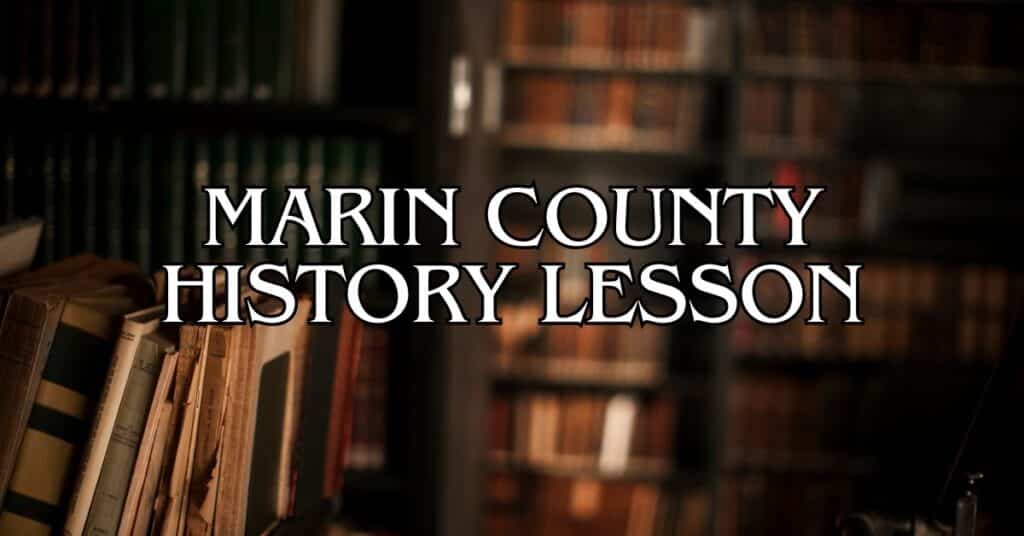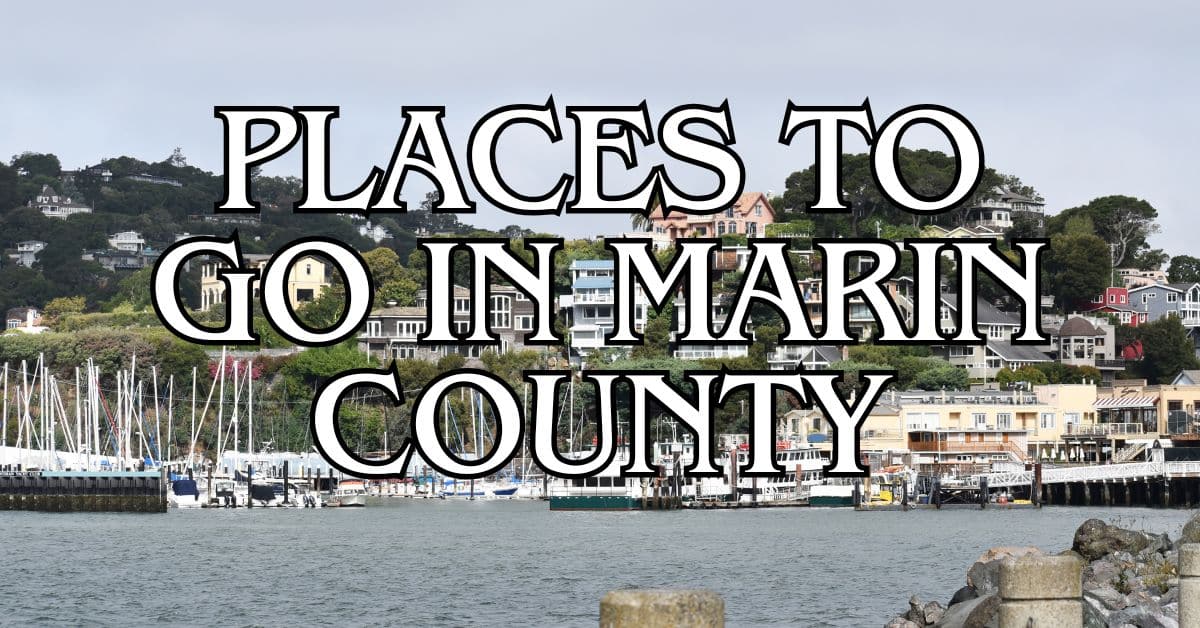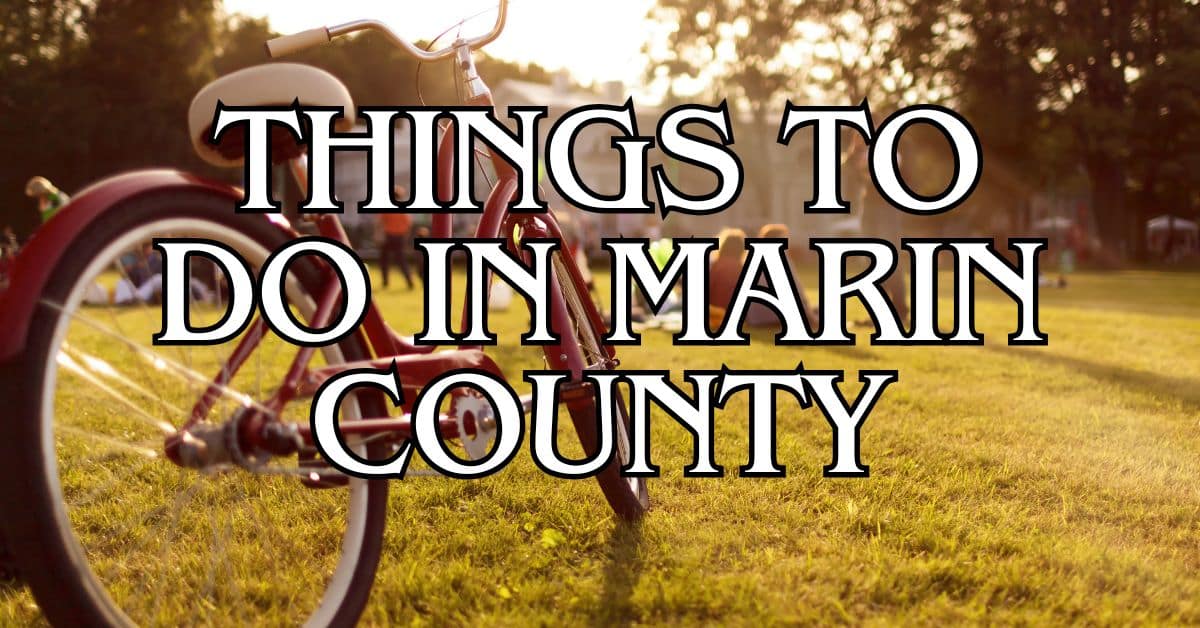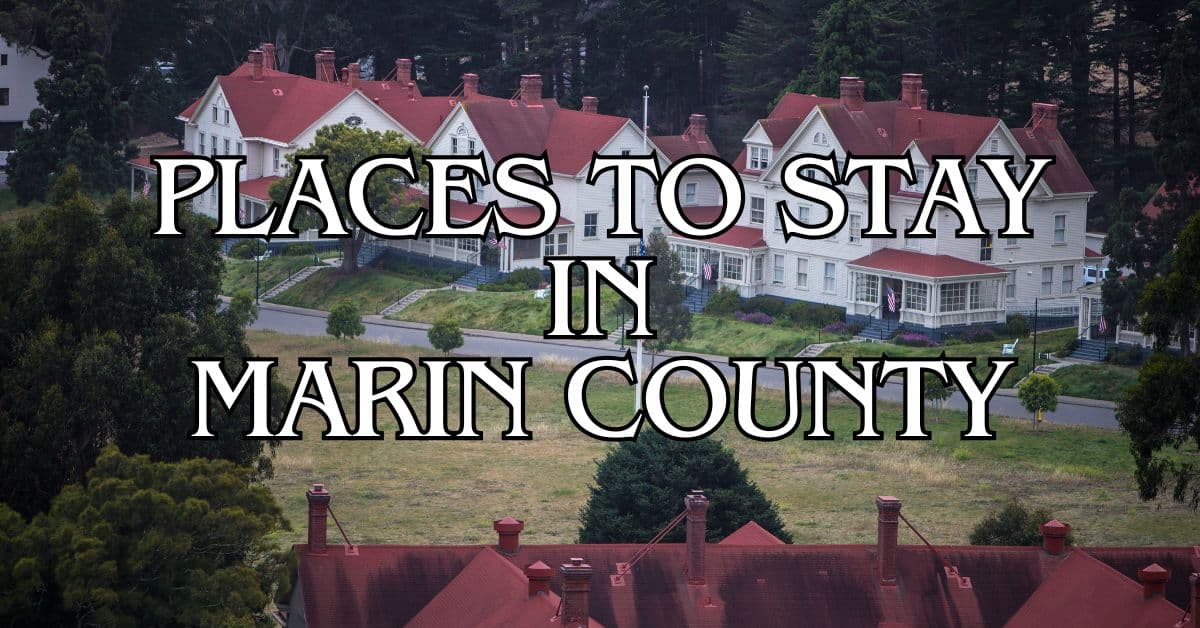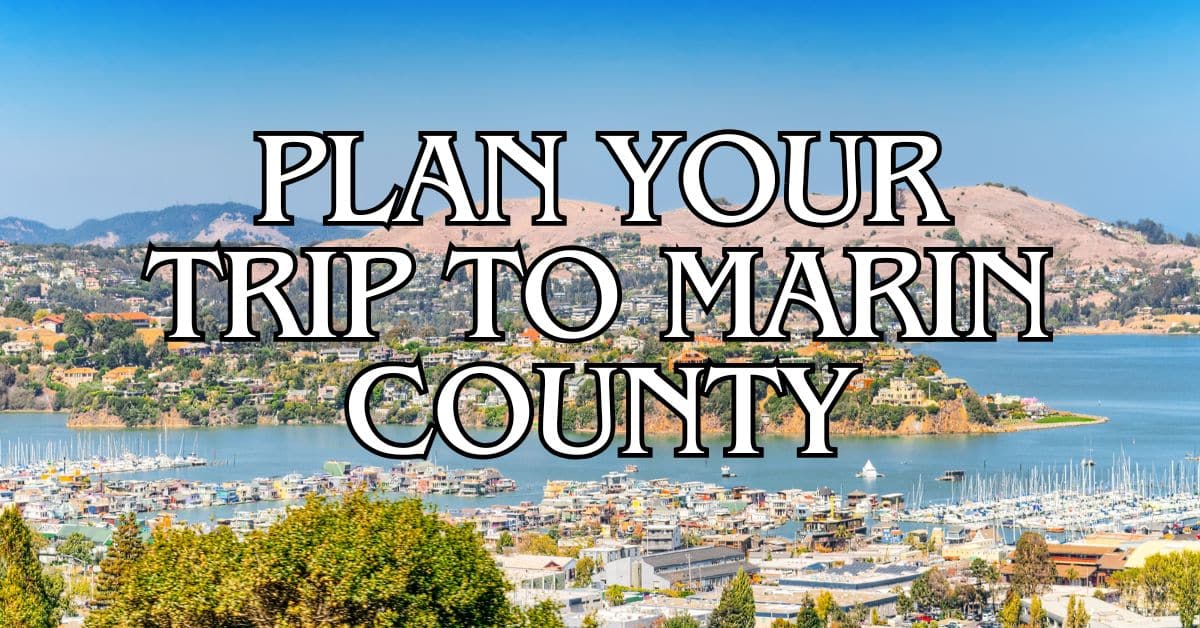Marin County played a significant role in the environmental movement during the 1960s and 70s. A strong conservation ethic emerged, transforming Marin into a leader in environmental advocacy and community action.
The local movement was characterized by passionate campaigns led by residents who wanted to protect their natural surroundings.
Get a discount of 15% to 70% on accommodation in Marin County! Look for deals here:
Marin County Hotels, Apartments, B&Bs
The Environmental Action Committee of West Marin, founded in 1971 by Jerry Friedman, was instrumental in raising awareness and organizing efforts to address environmental issues faced by the region.
During this period, events like the fire on a polluted river emphasized the urgent need for action, motivating communities to become more involved in safeguarding their environment.
Marty Griffin, a renowned conservationist in Marin, contributed greatly by preserving open spaces and fostering environmental education. His work alongside other activists helped to shape Marin County’s legacy as a place with deep commitment to conservation. This history reflects a broader movement that continues to influence the area to this day.
Marin County’s Geographical Influence
Marin County’s diverse landscapes have significantly shaped its environmental movement. Key natural areas like Point Reyes National Seashore and Mount Tamalpais offer rich ecosystems. The creation of the Golden Gate National Recreation Area highlights conservation efforts.
Point Reyes National Seashore and Tomales Bay
Point Reyes National Seashore, located along the Marin-Sonoma coast, is a critical area for biodiversity. Its rugged coastline and rich marine life contribute to the county’s environmental allure.
Point Reyes houses diverse habitats, from forests to beaches. Tomales Bay, sheltered by the Point Reyes Peninsula, is a vital estuarine system supporting fish and bird populations. This area attracts researchers and nature enthusiasts, playing a pivotal role in regional conservation.
Mount Tamalpais and Marin Headlands
Mount Tamalpais is a dominant feature of Marin’s topography. Known for panoramic views of the San Francisco Bay, it is a central hub for outdoor activities.
Its slopes are home to wildlife and diverse plant species. The Marin Headlands, part of the coastal ridge, provide open spaces close to urban areas. These lands offer educational and recreational opportunities while highlighting the importance of preserving natural environments amidst growing urban development.
The Formation of Golden Gate National Recreation Area
The Golden Gate National Recreation Area (GGNRA) stands as a testament to Marin County’s environmental activism. Formed in the 1970s, the GGNRA includes both coastal lands and forested regions that extend from Marin to the San Francisco Peninsula.
This park safeguards significant natural and historical sites, ensuring public access to outdoor experiences. The concerted effort to establish the GGNRA underscores Marin’s leadership in conservation, providing a model for balancing urban pressures with natural preservation.
Conservation and Environmental Protection Efforts
Marin County has played a significant role in environmental conservation. The area boasts various organizations and initiatives that have focused on preserving open spaces and agricultural lands. These efforts have helped maintain the natural beauty and ecological health of the region.
Marin Municipal Water District and Open Spaces
The Marin Municipal Water District is pivotal in managing water resources and protecting open spaces in Marin County. Established in 1912, it administers several reservoirs and over 21,000 acres of watershed on Mount Tamalpais.
Its efforts ensure a sustainable water supply while promoting conservation initiatives. By safeguarding these resources, the district plays a crucial role in preserving the county’s natural landscapes and supporting outdoor recreation.
Marin Conservation League’s Initiatives
The Marin Conservation League has been a significant force in advocating for environmental preservation in the county since 1934. This organization promotes sustainable land use, transportation planning, and water conservation.
Through its initiatives, the league has successfully advocated for the acquisition of lands vulnerable to development, helping to place them under public protection. Their continuous efforts contribute to Marin County’s reputation as a leader in ecological preservation and community involvement in environmental protection.
Agricultural Land Preservation
Agricultural land preservation has been essential in maintaining Marin County’s rural character. The county’s Agricultural Land Conservation Program supports sustainable farming practices and prevents urban sprawl.
A-60 Zoning regulations ensure large land parcels remain primarily agricultural, limiting subdivision and development. This zoning helps preserve the county’s agricultural heritage and natural beauty. Such efforts foster a balanced relationship between development and wildlife habitats, reinforcing Marin County’s commitment to environmental protection.
Societal Impact and Access
Marin County’s involvement in the environmental movement of the 1960s and 70s significantly influenced societal structures, particularly in housing and institutional accessibility. This impact helped shape the region’s development and public resource availability.
Affordable Housing and Development
During the 1960s and 70s, Marin County’s activism led to increased awareness about sustainable development. Affordable housing became a crucial concern, as the demand for living spaces grew in this environmentally conscious region.
The disparities in income and housing availability in areas like Marin City highlighted the need for inclusive development.
Affordable housing initiatives aimed to balance environmental preservation with urban growth. Efforts to develop residential areas while respecting open spaces helped maintain Marin’s natural beauty. Nevertheless, challenges persist, as found in the economic contrasts between areas like Marin City, where income levels remain below the county’s average.
Institutional and Public Access
Accessibility to resources and institutional participation also evolved during this period.
Public libraries and educational institutions began to offer broader access to environmental information and community resources.
This increased institutional access allowed society members to engage more actively with environmental issues.
Tools like Shibboleth and Open Athens became essential in providing digital and physical access to educational content.
They supported students and researchers in Marin County to connect with global environmental studies through platforms like Oxford Academic.
Public facilities started using systems like library cards to manage personal accounts and offer account management options, allowing residents to engage with learning materials and partake in conservation efforts effectively.
Get a discount of 15% to 70% on accommodation in Marin County! Look for deals here:
Marin County Hotels, Apartments, B&Bs


